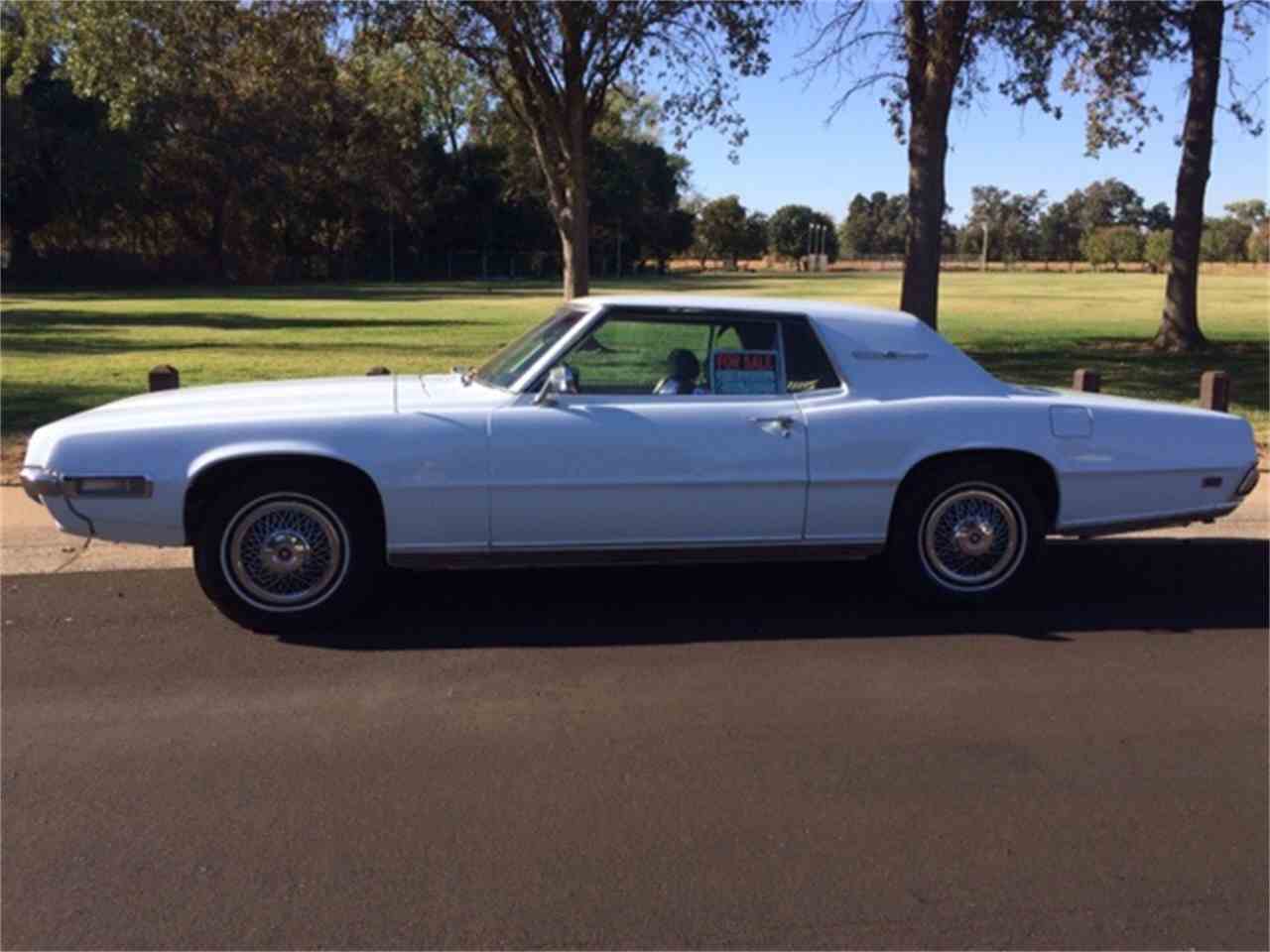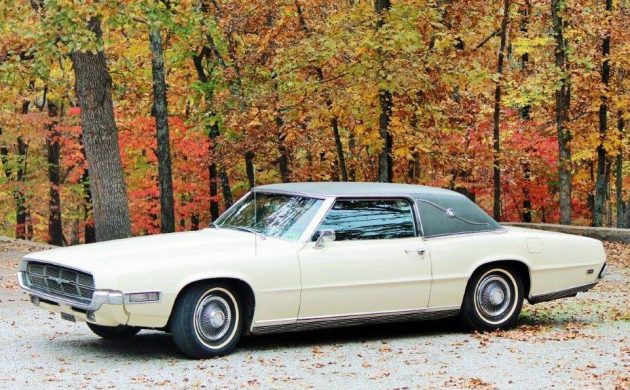


Except for early prototypes and a few special castings made for nitro drag racing, all Boss heads are aluminum.Īnother distinctive Boss feature: There are no head gaskets as such. Some racing versions of the Boss head do not employ these compression pads, giving the chambers more of a pure hemispherical shape. Also, there were usually a pair of squish/quench zones on either side of the valves, as shown here. But on the Boss, the valves (2.28-in intake and 1.90-in exhaust) were rotated counterclockwise around 30 degrees, mainly to improve the port angles-hence the name Twisted Hemi. On a conventional hemi, Chrysler for example, the valves are deployed at right angles to the crankshaft centerline, or vertical in this photo’s orientation. The heart and soul of the Boss 429, you could say, is its combustion chamber design: a traditional hemi configuration, but with a twist. “Bunkie” Knudsen left General Motors to become president at Ford in March of 1968, he threw his enthusiastic support behind the project. (Reportedly, the 385 name is taken from the stroke of the 460 version.) A racing engine based on the 385 architecture was also under development, and when Semon E. The 385 was produced in two displacements: a 429 cubic-inch version (4.36-in bore x 3.59-in stroke) for the ’68 Thunderbird and a 460 cubic-inch unit of 4.36-in x 3.85-in bore and stroke for Lincoln. Like the big-block Chevy and the Cleveland Ford, two more American V8s of the ’60s, the 385 employed a canted-valve cylinder head layout, with the intake and exhaust valves inclined 4-5 degrees and splayed 9 degrees.
#1969 THUNDERBIRD RACE SERIES#
The 385 series shared its 4.900-inch bore spacing with the MEL family, but otherwise it was an all-new engine. Under development for six years, the 385 was designed to replace two existing Ford big-block passenger-car engine families, the FE and the MEL, which each suffered some built-in limitations in architecture.

The Boss 429 story actually begins here, with Ford’s 385 engine series, also known as the Lima V8, introduced for the 1968 model year. And while the Mustang Boss 429 was produced for only two years, the engine’s performance career has continued on for half a century. But somehow the label that stuck was Boss 429-the same name as the only factory production car that ever used the engine. When the Ford Motor Company unveiled its latest racing engine to the public in the autumn of 1968, a number of prospective names were offered up, including Blue Racer, Blue Crescent, Shotgun engine, and Twisted Hemi. The Boss 429 V8 was offered in a production car for only two years, but its impact on the Ford performance scene has continued for decades.


 0 kommentar(er)
0 kommentar(er)
